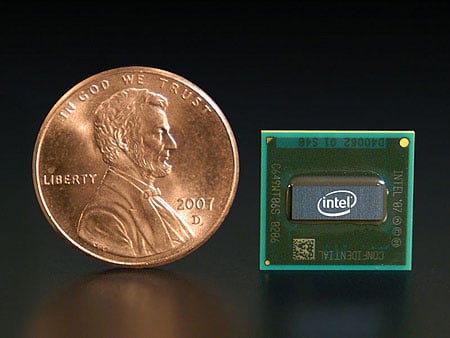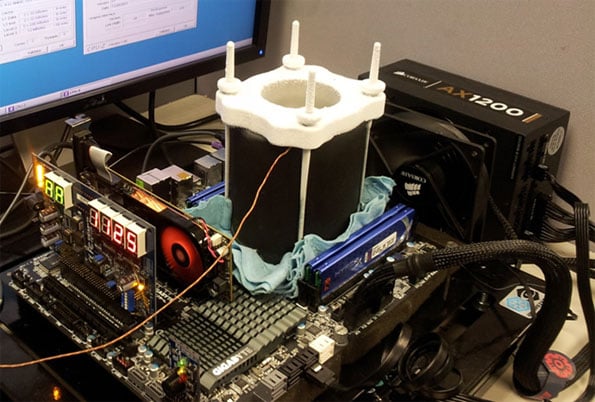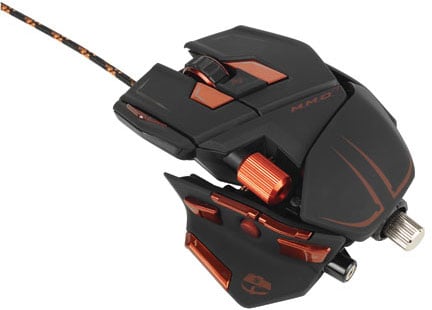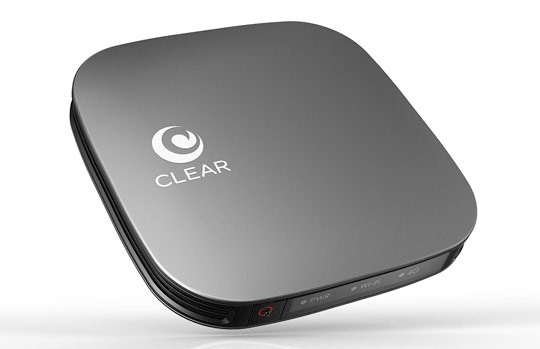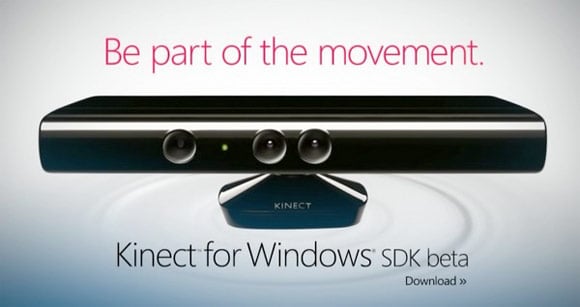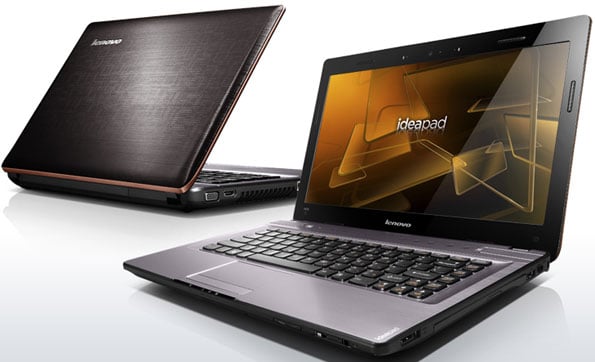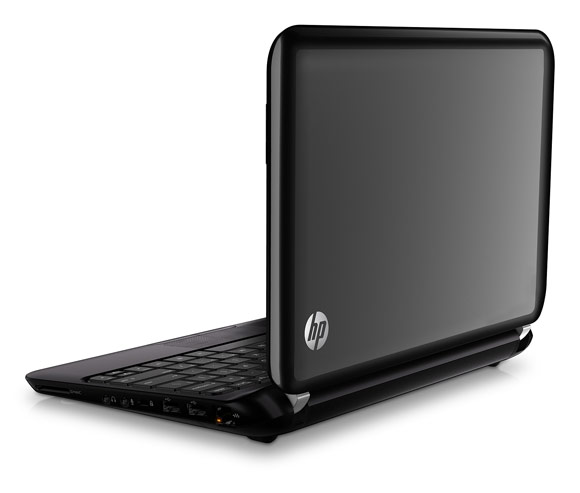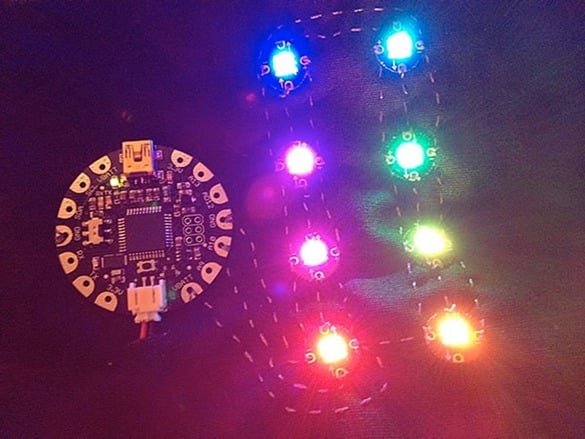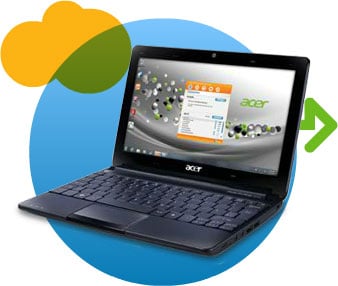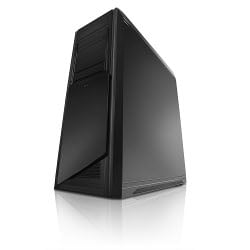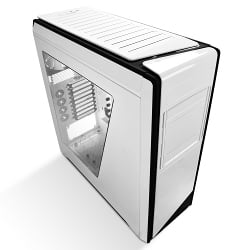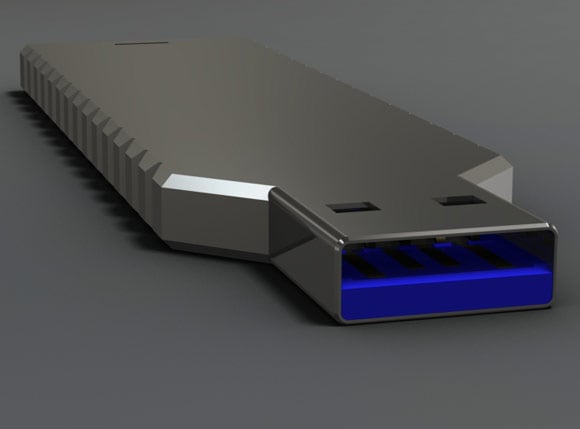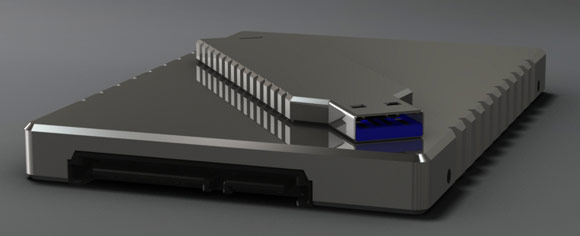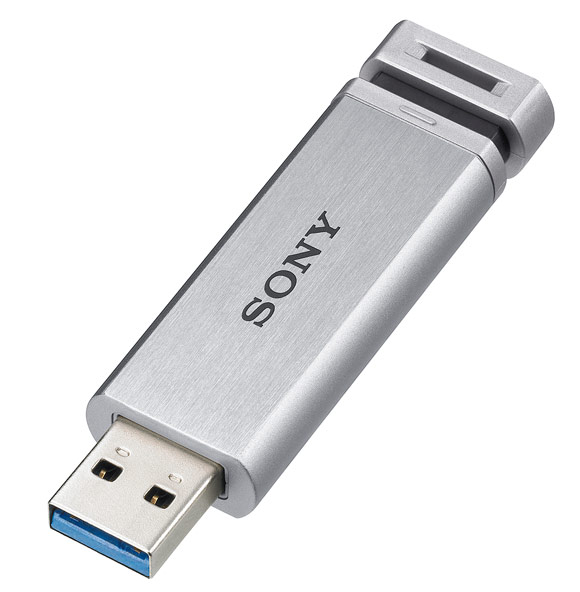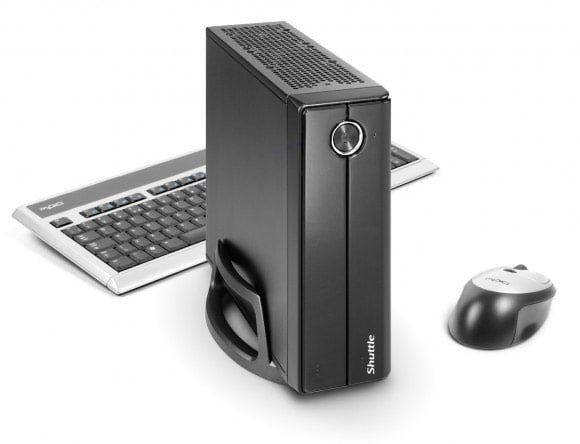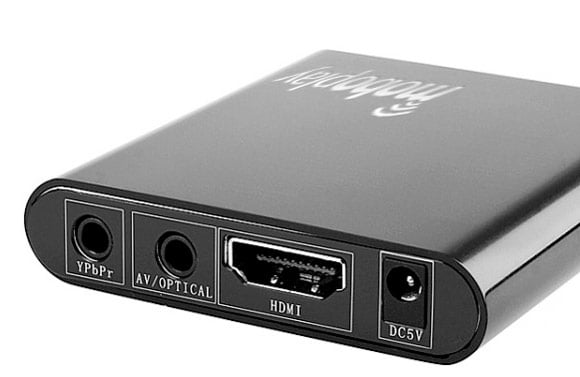Advanced Micro Devices has increased performance projections for its next-generation code-named Trinity accelerated processing unit and set up launch timeframe for the chip. While AMD Trinity will be faster than initially believed, it will become available only in the middle of the year, which is somewhat later than generally expected based on AMD's comments.
According to performance benchmarks conducted by AMD, the Trinity 35W APU with Piledriver-class x86 cores will provide 25% better x86 performance compared to Llano 35W (with K10.5+ "Husky" x86 cores) based on results obtained in PC Mark Vantage Productivity benchmark. AMD also claims that Trinity 35W will offer up to 50% better result in 3D Mark Vantage performance benchmark compared to Llano 35W.
Earlier released slides, which were also presumably from AMD, projected 20% increase in x86 performance and 30% boost in graphics performance for Trinity compared to currently available A-series "Llano" APUs based on simulations.
Although AMD implied a number of times that it would release Trinity in the first half of the year and rather sooner than later, the official plan now is to launch it in the middle of the year. Some unofficial sources have implied that A-series "Trinity" will be released in June, 2012.
"We are indeed on track with Trinity for mid-2012," said Chris Hook, a spokesman for AMD, without elaborating on actual months or dates.
According to documents seen by
X-bit labs, staring from early and middle March, 2012, AMD intends to mass produce its desktop A-series "Trinity" accelerated processing units with 65W thermal design power (TDP). In early May, 2012, the chip designer wants to initiate mass production of desktop A-series "Trinity" APUs with 100W TDP and higher performance.
AMD’s second-generation code-named Trinity APU for mainstream personal computers (Comal for notebooks and Virgo for desktops) will be made using 32nm SOI HKMG process technology at Globalfoundries. The APU will feature up to four x86 cores powered by enhanced Bulldozer/Piledriver architecture, AMD Radeon HD 7000-series "Southern Islands" graphics core with DirectX 11-class graphics support, DDR3 memory controller and other improvements. The chips will be compatible with new infrastructure.











